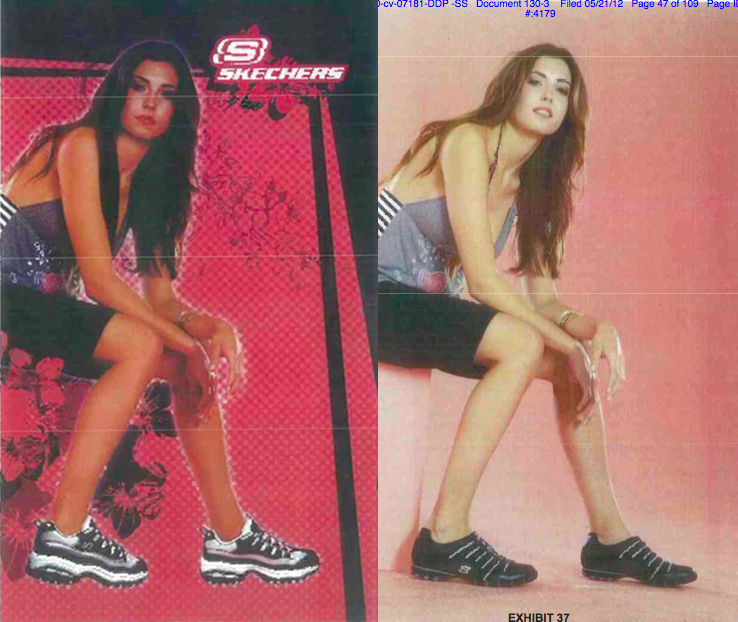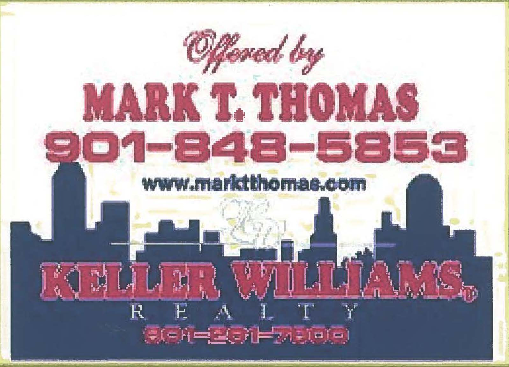I recently wrote about the difference between standing in patent cases and copyright cases, and the always erudite Ron Coleman over at Likelihood of Confusion contributed on the topic. There is, in my mind, a flaw in copyright jurisprudence that essentially bars a defendant from challenging the chain of title for ownership of a copyright. And it strikes again.
Engenium Solutions, Inc. v. Symphonic Technologies, Inc. is a software copyright case, so you know it’s complicated on many levels. The software in question is called “Scheduling Workbench” and is a customized scheduling and maintenance tool compatible with SAP software (SAP is not a party). Scheduling Workbench was developed by the plaintiff Engenium Solutions, but under a Developer’s License Agreement (“DLA”) with SAP. The DLA allotted copyright ownership for new software for the SAP platform in different ways, depending on whether the software was an “Add-on” (for which the developer would own the copyright), an “Enhancement” or a “Modification” (with the copyright in the latter two owned by SAP). In this case, SAP certified the Scheduling Workbench as an Add-on.
Engenium then licensed the Scheduling Workbench to ConocoPhillips in a Master Software License, Maintenance and Service Agreement (“MLA”). The MLA had what might be conflicting provisions about the ownership of the copyright, saying both that ConocoPhillips had only a license to Scheduling Workbench but also, in boilerplate, that “All copyrights … developed or created by Licensor [i.e., Engenium] during the course of performing the work for Licensee [i.e., ConocoPhillips] shall belong exclusively to Licensee and shall, to the extent possible, be considered a work made for hire for Licensee ….”
The defendants challenged Engenium’s copyright ownership in several ways: first, that the Scheduling Workbench software was not an Add-on but either a “Modification” or “Enhancement” and so the copyright was owned by SAP; second, that at least some parts of the Scheduling Workbench software were developed for ConocoPhillips and therefore ConocoPhillips owned the copyright by the terms of the MLA.
So a very convoluted ownership problem, which the court handled this way:
| Plaintiff correctly points out that numerous courts, including this one, have held that alleged infringers may not avoid liability by arguing that a plaintiff does not own the copyright at issue due to defects in a copyright transfer agreement between the plaintiff and a non-party transferor. Billy-Bob Teeth, Inc. v. Novelty, Inc., 329 F.3d 586, 592-93 (7th Cir. 2005)….In this case, unlike the above precedents, Defendants argue that the DLA and the MLA are valid transfer agreements, and Engenium has successfully transferred ownership to SAP and ConocoPhillips under 17 U.S.C. § 204. However, the precedents cited by Plaintiff are equally applicable; where there is no dispute between contracting parties as to the ownership of the copyright, a defendant accused of infringement may not avoid liability by arguing that the contract actually worked a transfer of ownership. SAP itself agrees that Scheduling Workbench is owned by Engenium, as evidenced by the fact that SAP certified Scheduling Workbench as an add-on. Because SAP agrees that Engenium is the owner of the copyright at issue, Defendants ought not be permitted to avoid liability by arguing that SAP actually owns the copyright. Thus, even if Defendants could produce evidence that would support their contention that the capacity availability feature of Scheduling Workbench falls under the definition of an enhancement under the DLA, such an argument is not an appropriate defense to a copyright infringement suit. |
Okay, well I can see some economy in the use of judicial resources here by characterizing it as an improper defense, although I’d rather see it as simply that no reasonable factfinder could find that SAP owns the copyright. But then we get to the ConocoPhillips MLA:
| Defendants’ argument that Engenium transferred ownership of certain aspects of Scheduling Workbench to ConocoPhillips under the MLA fails for the same reasons. While it is not entirely clear from the MLA whether the changes made to Scheduling Workbench at ConocoPhillips’ request constitute “work product” owned by ConocoPhillips, or are merely “updates,” “versions,” or “releases” owned by Engenium, the Court need not resolve the matter. Defendants may not rely on an agreement transferring copyright ownership to avoid liability in an infringement suit. |
That’s it, baldly, “I don’t know who the heck owns what, but I’m saying you don’t even get to ask.” What?
How did we get here? It started with Imperial Residential Design, Inc. v. Palms Development Group Inc., then was extended by Billy-Bob Teeth, Inc. v. Novelty, Inc., which, for no good reason, made the broad policy statement that
| [The defendant] simply does not having standing [to challenge ownership of the copyright] under § 204. The statute is in the nature of a statute of frauds and is designed to resolve disputes among copyright owners and transferees. As the court said in Imperial Residential Design, “the chief purpose of section 204(a), (like the Statute of Frauds), is to resolve disputes between copyright owners and transferees and to protect copyright holders from persons mistakenly or fraudulently claiming oral licenses or copyright ownership.” |
That may have been why there is a writing requirement in the statute, but that’s a significant amount of judicial activism to turn it into a basis for denying a defendant the right to challenge the threshold element of a plaintiff’s claim, ownership of the copyright.
And look how far it’s gone. Both Billy-Bob Teeth and Imperial Residential Design were cases where there was an oral transfer later memorialized in writing, with the challenge being whether the oral agreement actually ever existed. It makes some sense to avoid that challenge; it is going down a bit of a rabbit hole to question whether there was an oral agreement when the parties to the agreement don’t challenge it and there ultimately was a writing confirming the assignment. But how we go from “you can’t challenge an undisputed oral agreement later memorialized in writing” to “you may not rely on an agreement transferring copyright ownership to avoid liability in an infringement suit” is, I repeat myself, crazy talk. In Engenium, we have no idea what ConocoPhillips thought about the situation and no reason to think that ConocoPhillips was in agreement with Engenium about the copyright ownership. The reasoning in Imperial Residential Design and Billy-Bob Teeth has no place here.
So I’m going to go register me some copyrights, claim I won them in a poker game, and get busy ….
Engenium Solutions, Inc. v. Symphonic Tech., Inc., No. H-10-4412 (S.D. Tex. Feb. 15, 2013).

The text of this work is licensed under a Creative Commons Attribution-No Derivative Works 3.0 United States License.




